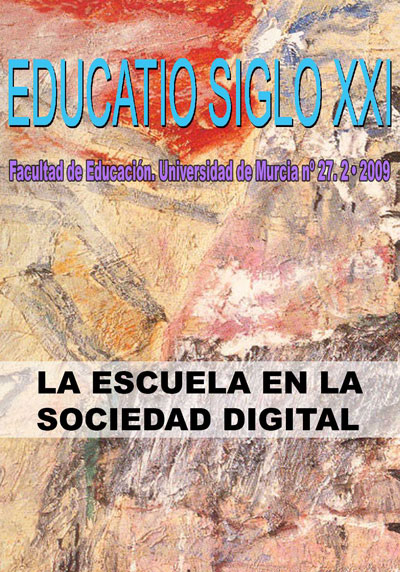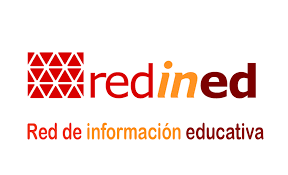¿Qué educación, qué escuela para el futuro próximo?
Resumen
La finalidad principal de este artículo es ofrecer una discusión argumentada y basada en los resultados de la investigación propia y ajena, sobre el deseo y la dificultad de convertir las escuelas o la educación del presente, en las del futuro. El artículo comienza con una nota biográfica sobre el interés de pensar en el futuro; sigue con una aproximación sobre las aportaciones de los estudios prospectivos a la posible evolución de la educación; continúa con una discusión sobre las contribuciones de las iniciativas políticas para transformar las escuelas del siglo XX en las del siglo XXI; para acabar, en los dos últimos apartados, con la explicitación de las inercias y caracterísitcas de la escuela actual que parece necesario cambiar en el presente-futuro y las dificultades que ello entraña.
El resultado más evidente de este trabajo es la constatación de que existen muchos futuros y que todos están aquí. Que el futuro depende en gran parte de lo que hagamos, o dejemos de hacer en el presente. El futuro no está escrito, pero no lo podemos construir de la nada. Lo que seamos o hagamos mañana estará irremediablemente configurado por lo que somos o estamos haciendo hoy. De ahí que sólo desde la identificación de las condiciones de nuestro presente y de la deliberación sobre lo que consideremos necesario conservar, lo que creamos necesario mejorar y lo que veamos necesario reinventar, podremos lograr un futuro diferente y esperemos que mejor.
Descargas
-
Resumen1653
-
PDF1121
Las obras que se publican en esta revista están sujetas a los siguientes términos:
1. El Servicio de Publicaciones de la Universidad de Murcia (la editorial) conserva los derechos patrimoniales (copyright) de las obras publicadas, y favorece y permite la reutilización de las mismas bajo la licencia de uso indicada en el punto 2.
2. Las obras se publican en la edición electrónica de la revista bajo una licencia Creative Commons Reconocimiento-NoComercial-SinObraDerivada 4.0 Internacional (texto legal). Se pueden copiar, usar, difundir, transmitir y exponer públicamente, siempre que: i) se cite la autoría y la fuente original de su publicación (revista, editorial y URL de la obra); ii) no se usen para fines comerciales; iii) se mencione la existencia y especificaciones de esta licencia de uso.
3. Condiciones de auto-archivo. Se permite y se anima a los autores a difundir electrónicamente las versiones pre-print (versión antes de ser evaluada) y/o post-print (versión evaluada y aceptada para su publicación) de sus obras antes de su publicación, ya que favorece su circulación y difusión más temprana y con ello un posible aumento en su citación y alcance entre la comunidad académica. Color RoMEO: verde.










